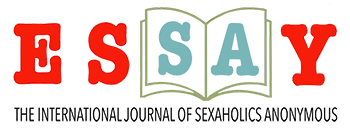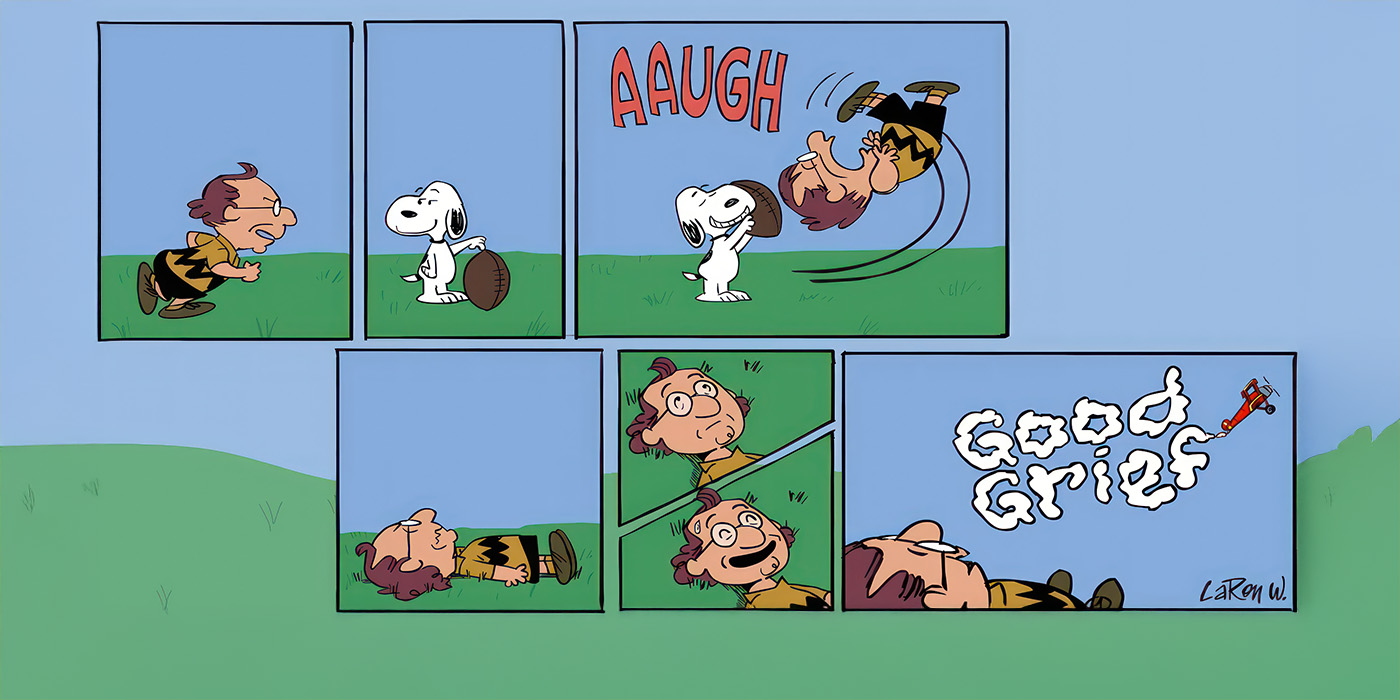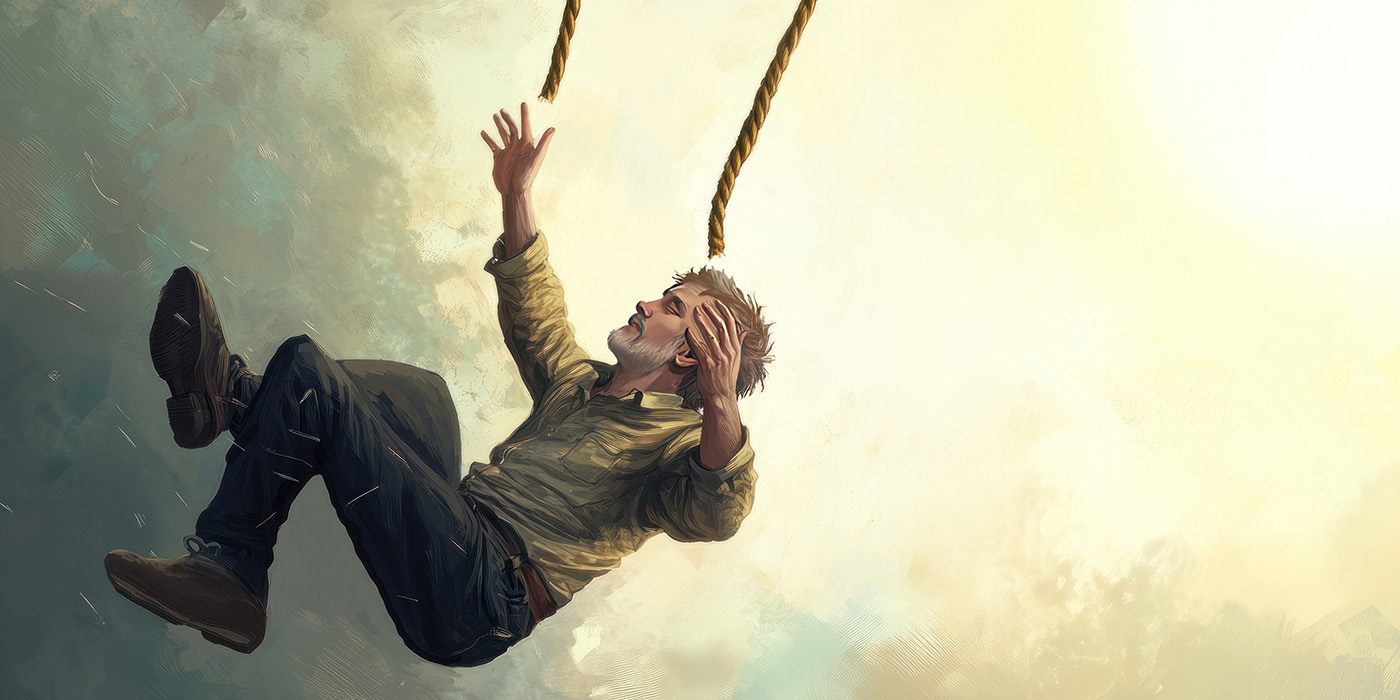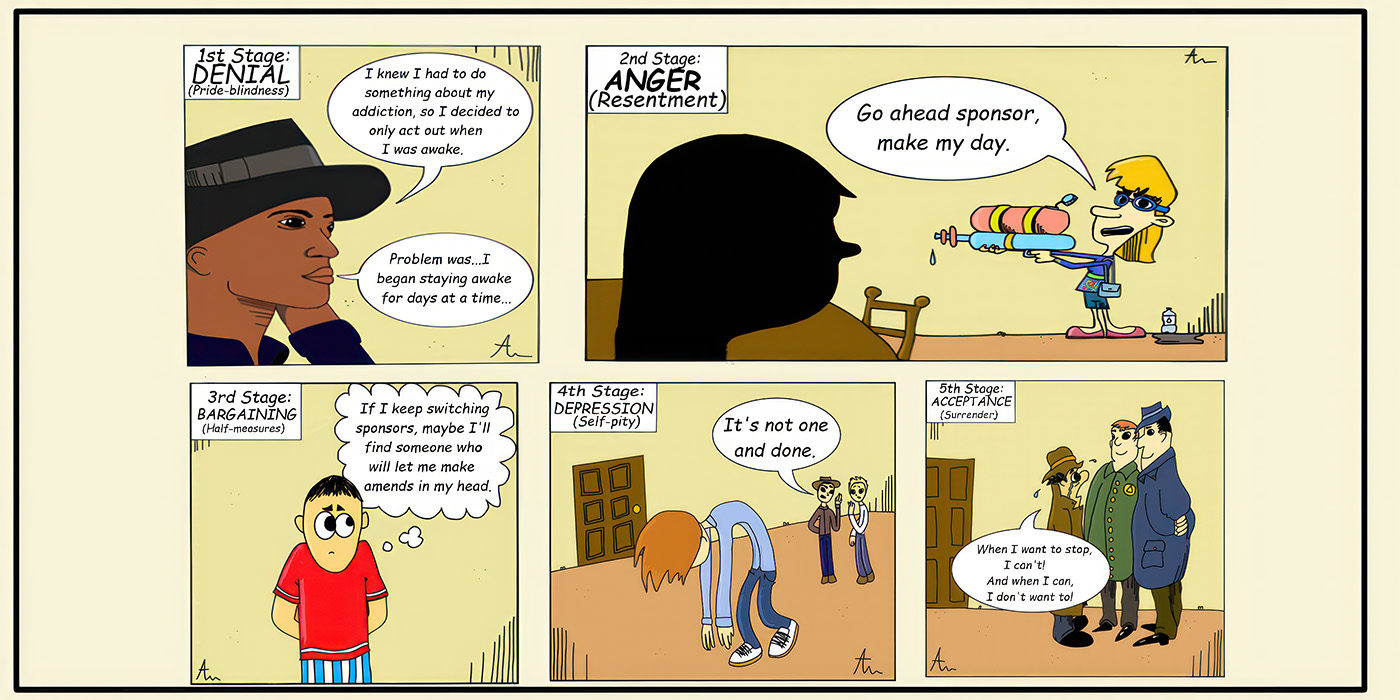I have met newcomers at SA meetings who have bristled at the description of sexual addiction as a disease. The Diagnostic and Statistical Manual (DSM) does not list it. The CDC doesn’t recognize it. It’s missing from disease lists everywhere. One newcomer said to me defiantly, “It’s not a disease. You’re just a terrible person.” Our ideas, as a society, of what constitutes a disease changes and evolves with culture. Culture simply hasn’t caught up with sexual addiction yet.
Masturbation, in the 18th and 19th centuries, was considered a disease. It was the gateway to a Pandora’s box of woes. Masturbation was the cause of dyspepsia, constriction of the urethra, blindness, epilepsy, vertigo, hearing loss, headaches, impotency, memory loss, rickets and a host of other dire conditions. In 1893 Freud wrote that masturbation was a cause of neurasthenia (which is a weakening of the nerves that is no longer recognized as a disease). The treatment of masturbation was very harsh, possibly involving surgery and long-term institutionalization. It can be found as a cause of death on old death certificates.
There have been, over time, a host of diseases that are now seen as ridiculous. In 1851 the American physician, Samuel Cartwright, introduced a disease that only attacked African slaves. It was called “drapetomania.” It caused slaves to run away from their masters. The same doctor also discovered “dysaesthesia aethiopica.” It makes people of African descent less intelligent than other races. Diseases such as Status Lymphaticus, King’s Evil (which could only be cured by the touch of a royal hand), Ovariomania (also called “Old Maid’s Insanity”) and Intestinal Autointoxication (arising from feces stored in the intestines) are among the many diseases that once preoccupied doctors that no longer exist.
Our idea of disease is values-driven. Alcoholism wasn’t declared a disease until 1956. The AMA didn’t recognize it as both a medical and psychological disease until 1991. Homosexuality wasn’t recognized at all until 1968 when the DSM declared that it was a disease. It wasn’t until 1987 that it was de-listed in the DSM. The International Statistical Classification of Diseases and Related Health Problems (ICD) kept it on its disease list until 1992.
In my fairly small home state of Maryland there are 179 mental health professionals who specialize in treating sexual addiction. There are SA chapters in more than 60 countries helping men and women recover from sexual addiction. That’s pretty good for a non-existent disease.
David W., Maryland, USA






